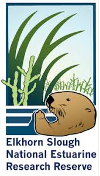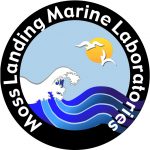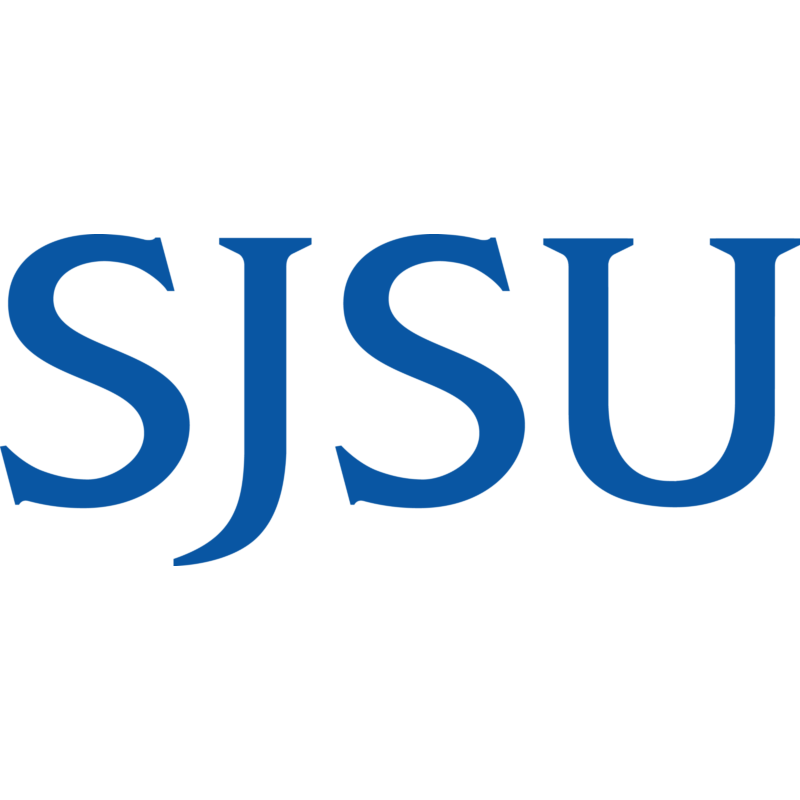
Water Chemistry Team
OVERVIEW
The water chemistry team is studying how metals released during the Moss Landing battery fire are moving through Elkhorn Slough. We are tracking both dissolved and particulate forms of these metals in the main channel to understand where they travel, how long they may persist, and whether they may ultimately reach Monterey Bay. We are also analyzing sediment porewaters to investigate whether metal nanoparticles are dissolving, how these metals interact with other compounds in the sediments, and whether the sediments may act as a source of metals to the overlying water. This work supports the development of a mechanistic model of contaminant fluxes in the system and will help the biota team identify key exposure pathways to plants and animals in the estuary.
Key team collaborations
The water chemistry team is led by scientists from Moss Landing Marine Laboratories. We also collaborate closely with the Plasma Analytical Lab at UC Santa Cruz’s Institute of Marine Sciences to extract and analyze metals from water samples using state-of-the-art protocols and instrumentation.


PROBLEM
- Battery fire metals detected in sediments may be actively transported through Elkhorn Slough’s main channel
- Metals may cycle between suspended particulates and dissolved forms, affecting their transport and bioavailability
- Contaminated sediments may act as a long term source of metals to the water column
SOLUTION
- Analyze water samples for heavy metals at monthly intervals to monitor transport dynamics
- Evaluate metal concentrations in both suspended particulates and dissolved phases in the water column
- Investigate sediment porewater metal concentrations at select sites to assess metal release and nanoparticle dissolution
APPROACH
- Collect dissolved and particulate metals at approximately monthly intervals from high to low tide downstream of Hester Marsh, continuing until at least the one-year anniversary of the battery fire
- Track changes in metal concentrations over time to:
- Understand seasonal metal dynamics in Elkhorn Slough
- Assess whether marsh sediments continue to release metals or if the concentrations have significantly declined since the fire
- Collect sediment cores, deploy passive sediment pore water samplers and flux chambers, and measure microprofiles of pH, oxygen, and hydrogen sulfide in sediments to:
- Evaluate the potential of contaminated marsh sediments to act as a long-term source of metals
- Assess the mobility of metals stored in sediments
- If elevated metal concentrations are detected:
- Confirm that the geochemical signature matches that of battery-related metals
- Investigate other plausible sources of contamination including agricultural runoff
- Determine whether the metals are primarily in dissolved or particulate form, and consider implications for transport, fate, and biological exposure
- Collect reference samples from Monterey Bay to serve as a clean end-member for comparison
1
Time-Series site within Elkhorn Slough
8
Dissolved and particulate samples collected per occupation
12
Heavy metals measured from each sample
PROGRESS
Our first major sampling event took place less than 2 weeks after the battery fire began, following the first significant storm of 2025. The timing was designed to capture the so-called “first flush” of contaminants potentially mobilized by runoff. Scientists from MLML’s Chemical Oceanography Lab deployed clean sampling equipment from one of MLML’s Marine Operations Boston Whalers to collect water samples from the Slough’s main channel. At the same time, staff from the Marine Pollution Studies Lab (MPSL) collected freshwater samples entering the Slough to help characterize metal inputs from surrounding watersheds.
Since that initial rapid response, we have conducted monthly sampling during outgoing tides to monitor how heavy metal contaminants move through the system as the marshes drain into the main channel. We have also collected sediment cores and deployed an initial set of passive samplers on the banks of the Slough near Hester Marsh to characterize metal concentrations in sediments and sediment porewaters.
As of July 1, 2025, we have collected more than 40 dissolved and particulate samples, totalling over 48 hours of field work in Elkhorn Slough. Throughout this effort, we have been refining and validating our analytical protocols to ensure they are well optimized to characterize the aftermath of the battery fire. This is meticulous and time intensive work that includes digesting suspended particulate material using mixtures of strong acids and extracting dissolved metals from estuarine waters for precise measurement using inductively coupled plasma mass spectrometry (ICP-MS). The particulate analyses are conducted at MLML’s Marine Pollution Studies Lab, while all dissolved metal analyses are performed at the Plasma Analytical Lab at UC Santa Cruz’s Institute of Marine Sciences.
Only a subset of samples have been analyzed to date. We will share our preliminary findings when they become available and will share our final results in peer-reviewed scientific journals once the full dataset has been processed. All data will then be publicly released.
Team:
-
Max Grand
Associate Professor,
Moss Landing Marine Labs -
Kerstin Wasson
Research Coordinator,
Elkhorn Slough National Estuarine Research Reserve -
Wesley Heim
Director,
Marine Pollution Studies Lab, MLML

